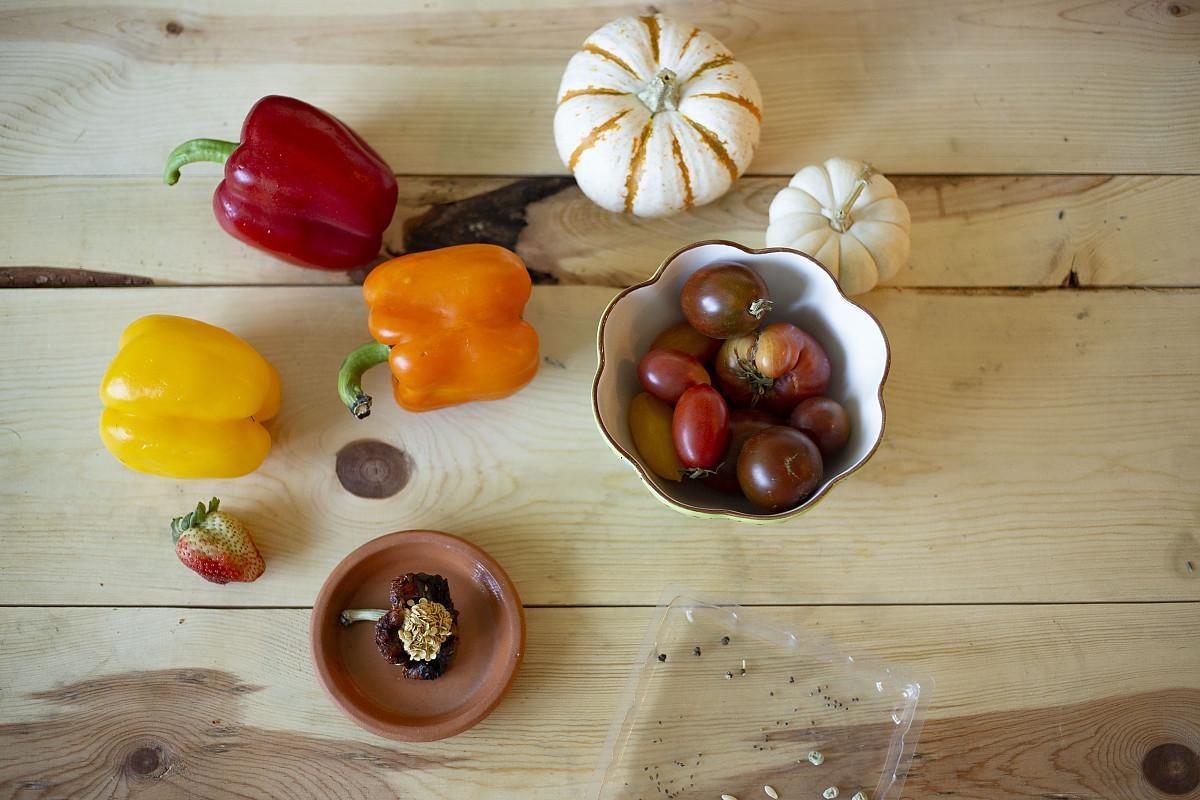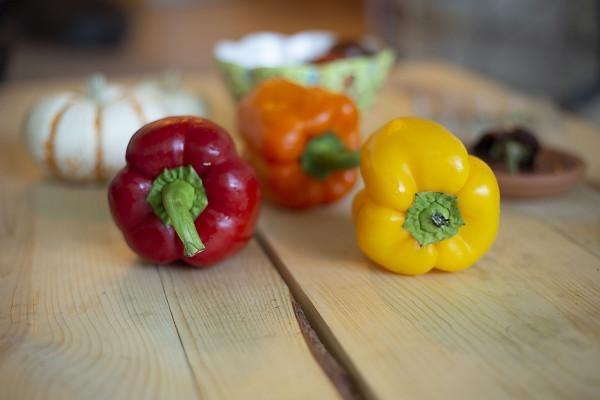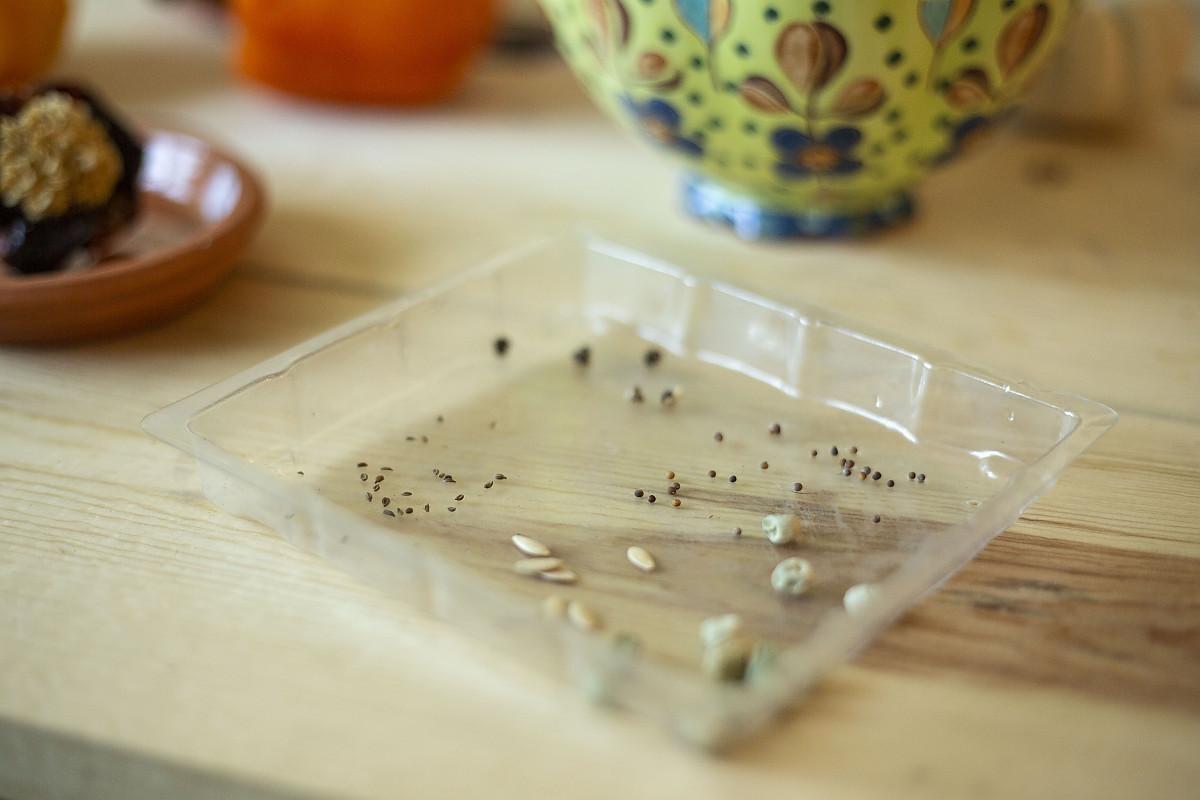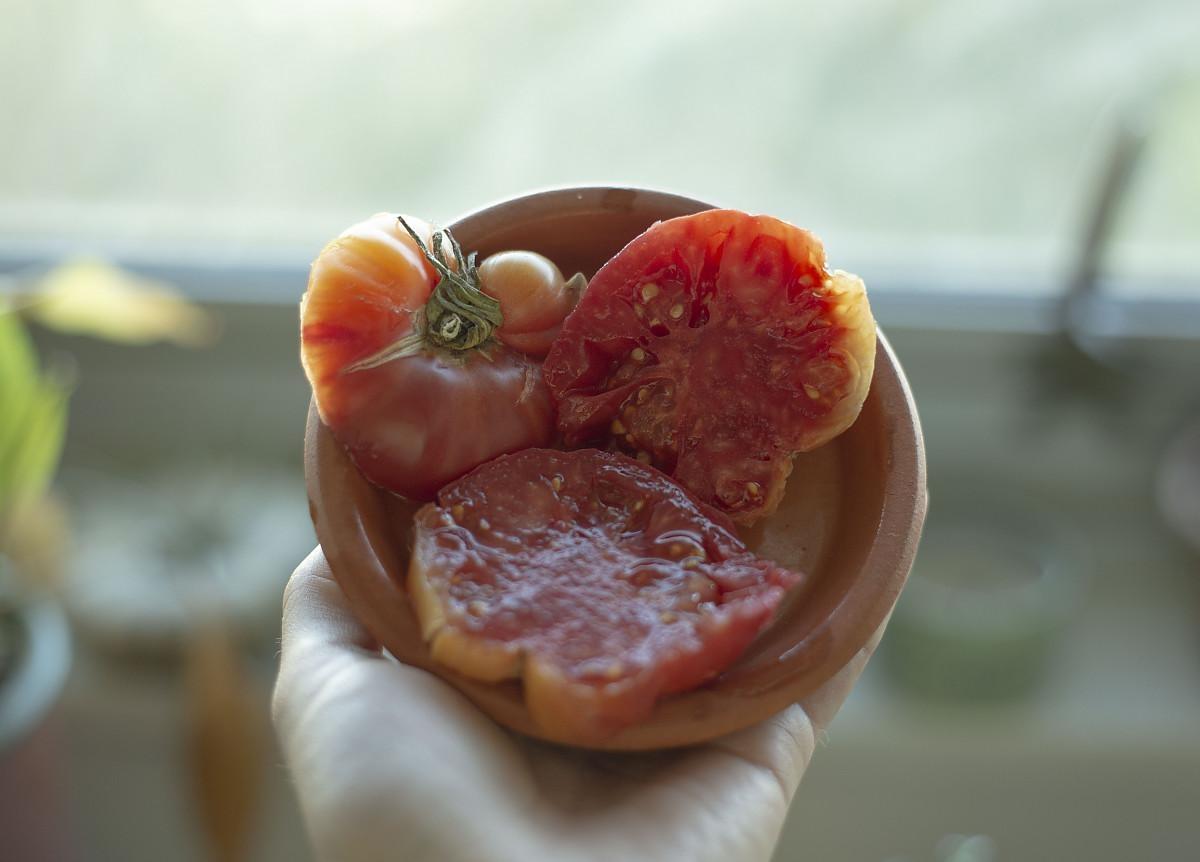When Is The Best Time To Save Seeds?
Knowing when to harvest is actually quite intuitive. Although we are deliberately harvesting and saving, we want to mimic nature as much as possible. Naturally, a plant would fruit, flower, set seed, and then wither. This final step in the life cycle is when the seeds would naturally drop to the soil and wait to germinate again the next season.
This is why it is best to wait until the seed is at full maturity and dried on the plant. Simply harvest the seed when it appears to be dried or when the plant starts to wither. Remember, the drier the seed, the more viable it is. You can test to see if the seed is dry enough by pushing it with your fingernail. If it’s hard and doesn’t bend or concave, it’s finished drying.
By saving seeds, you will be participating in natural selection. If you save the biggest and healthiest fruit each year, eventually all your fruit will be healthy and robust. You can even take any fruit that has become too ripe, dropped, or is damaged and use the seeds from that.









